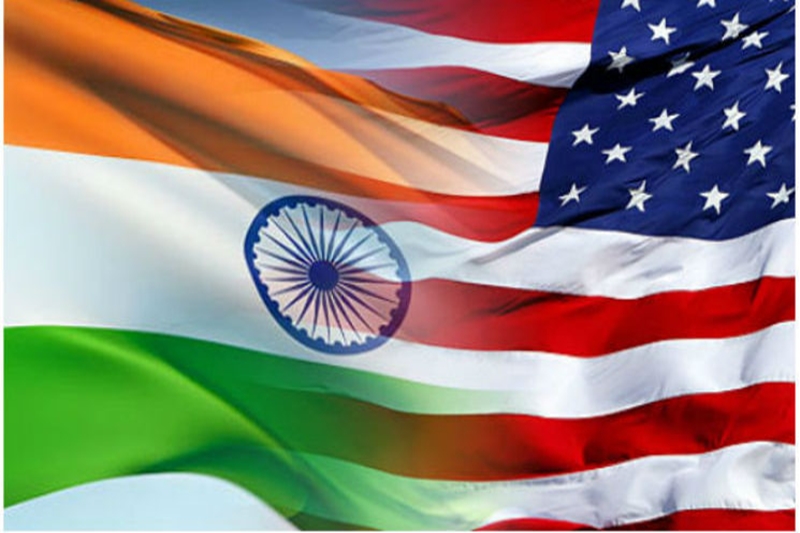Over the past decade, India has been steadily purchasing military platforms from the United States that typically come with secure communication systems of US-origin. However, since India has thus far refused to sign the so-called Communications Compatibility and Security Agreement (COMCASA), usually known as the Communications and Information Security Memorandum of Agreement (CISMOA) in US parlance, it has been forced to use lower-grade commercially available equipment in lieu of US-origin radio, communications security (COMSEC) and navigation equipment that apparently give American platforms an operational edge over similar systems available from elsewhere. By extension, it is claimed that the regional superiority that India was expecting via such procurement has been somewhat diminished. So, the question is: ‘Should India just sign COMCASA?’
In this piece, we argue that there are very good reasons for India to not rush into something like COMCASA.
What is COMCASA?
COMCASA essentially provides a legal framework for the transfer of COMSEC equipment from the US to India that would facilitate ‘interoperability’ between Indian and US forces, and potentially with other militaries as well that use US-origin systems for secure tactical data links. The US, however, tightly controls COMSEC technology and provides access to only those countries that have signed a CISMOA / COMCASA with it. Obviously, the current denial of this COMSEC equipment to Indian military forces means that they cannot really exchange tactical information with even friendly regional forces that might use CISMOA/COMCASA covered communication systems. Furthermore, not signing COMCASA also means that certain things such as high-precision GPS or the latest guidance packages for US-origin air to air missiles will not be available to India. Indeed, if a US origin fighter plane is selected for the recently announced ‘Make in India’ single-engine fighter aircraft procurement project, the pressure on India to sign COMCASA will likely increase, since the Indian Air force (IAF) will be hard put to integrate cutting edge non-US origin weapons with an American fighter platform.
However…
Having said that, even though the US maintains that COMCASA is only ‘foundational’ in nature and ‘innocuous’ in import, there are genuine reasons for India to be concerned about the implications of this agreement. For instance, from an Indian perspective, it is worth considering whether COMCASA has the potential to compromise India’s operational security while protecting that of the US. COMCASA may also increase pressure on India to source all of its COMSEC equipment from US vendors in the future.
At the end of day, secure communications require high-grade encryption algorithms and encryption-key management. An encryption algorithm operates the key over messages to produce an encrypted message that any intruder is supposed to find difficult to break, if he has no access to the keys. This also implies that all communication devices in a network need to be compatible with one another by incorporating the same encryption algorithms. Now COMCASA requires that US operators perform functions such as keying for the encryption. Indian operators will not be allowed to even participate in the maintenance of these systems. So, will India be comfortable with the presence of US designated personnel on Indian-procured US platforms for long durations of their operational life? In the COMCASA scheme of things, the US will basically end up controlling the entire communications and message flow for the sake of ‘interoperability’. Long term analysis of the message flow could end up revealing tactical doctrines adopted by Indian forces in combat.
Since communication devices and links currently in use with Indian Forces cannot interact with US-provided systems, it implies that any attempt to establish interoperability between a part of India’s inventory and participating US forces could actually lead to reduced ‘intra-operability’ within India’s own military. This is on account of the fact that COMCASA-covered equipment/platforms will become ‘incompatible’ with the rest of India’s inventory. This could lead to calls to ‘overhaul’ the Indian military’s entire network to COMCASA-compliant standards through wholesale import of US systems. Short of which India would have to willfully acquiesce to the creation of a divide in its inventory, thereby reducing the flexibility of field commanders to deploy available resources during action. Obviously, neither prospect is a particularly happy one for Indian military planners. The fact that COMCASA could lead to the secrecy of tactical doctrines getting compromised besides imposing greater complexity costs on India’s communication systems demands that a detailed study of the ground realities and practical implications of signing COMCASA be made prior to deciding on a course of action.
Captain Ramaprasad is a veteran Indian Navy submariner and is a recipient of the Vishisht Seva Medal (VSM) for his contributions towards the development of an indigenous combat management system for undersea applications.
© Delhi Defence Review. Reproducing this content in full without permission is prohibited.
































